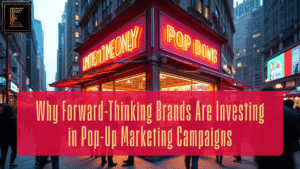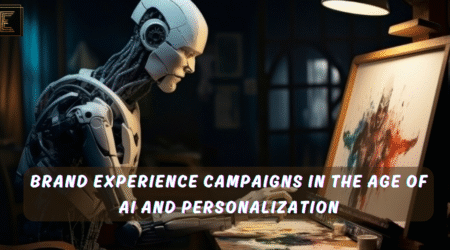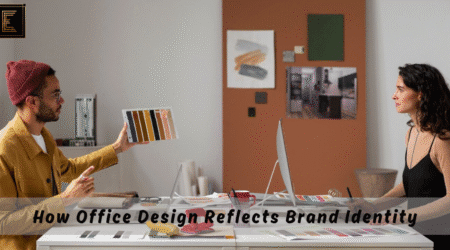Table of Contents
In today’s competitive retail and event landscapes, capturing customer attention requires more than just attractive products or flashy advertisements. Enter Spatial Experience Design, a transformative approach that reimagines physical spaces to foster deeper customer engagement. By integrating elements of experiential marketing, immersive retail design, and strategic visual merchandising, brands can create environments that not only attract but also retain and delight customers.
The Power of Spatial Experience Design
Spatial Experience Design involves crafting physical environments that engage customers on multiple sensory levels. This design philosophy goes beyond aesthetics, focusing on how space influences customer behavior and emotional responses. Incorporating immersive retail design elements—such as interactive displays, ambient lighting, and tactile experiences—can significantly enhance the shopping journey.
For instance, research indicates that immersive retail experiences can increase conversion rates by up to 17% and foster lasting emotional connections that drive customer loyalty. By thoughtfully designing spaces that resonate with customers, brands can create memorable experiences that encourage repeat visits and word-of-mouth promotion.
Experiential Marketing: Engaging Customers Beyond Transactions
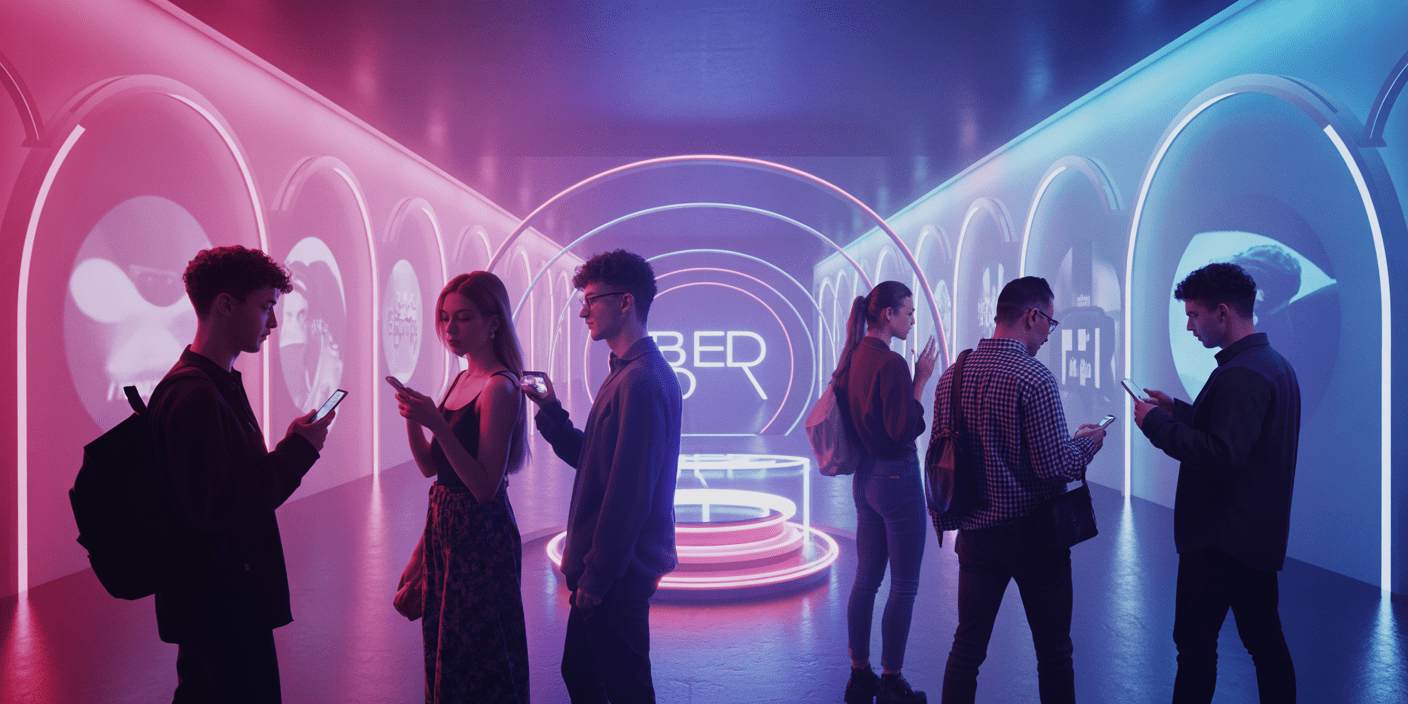
Experiential marketing is a strategy that immerses customers in memorable experiences, allowing them to connect with a brand on a deeper level. Unlike traditional marketing, which often focuses on product features, experiential marketing emphasizes emotional engagement and personal connection.
Brands like Nike and Coca-Cola have successfully employed experiential marketing through pop-up events and interactive installations, creating buzz and fostering community engagement. These experiences not only boost brand awareness but also encourage customers to become brand advocates, sharing their experiences both online and offline.
Visual Merchandising: The Art of Storytelling Through Design
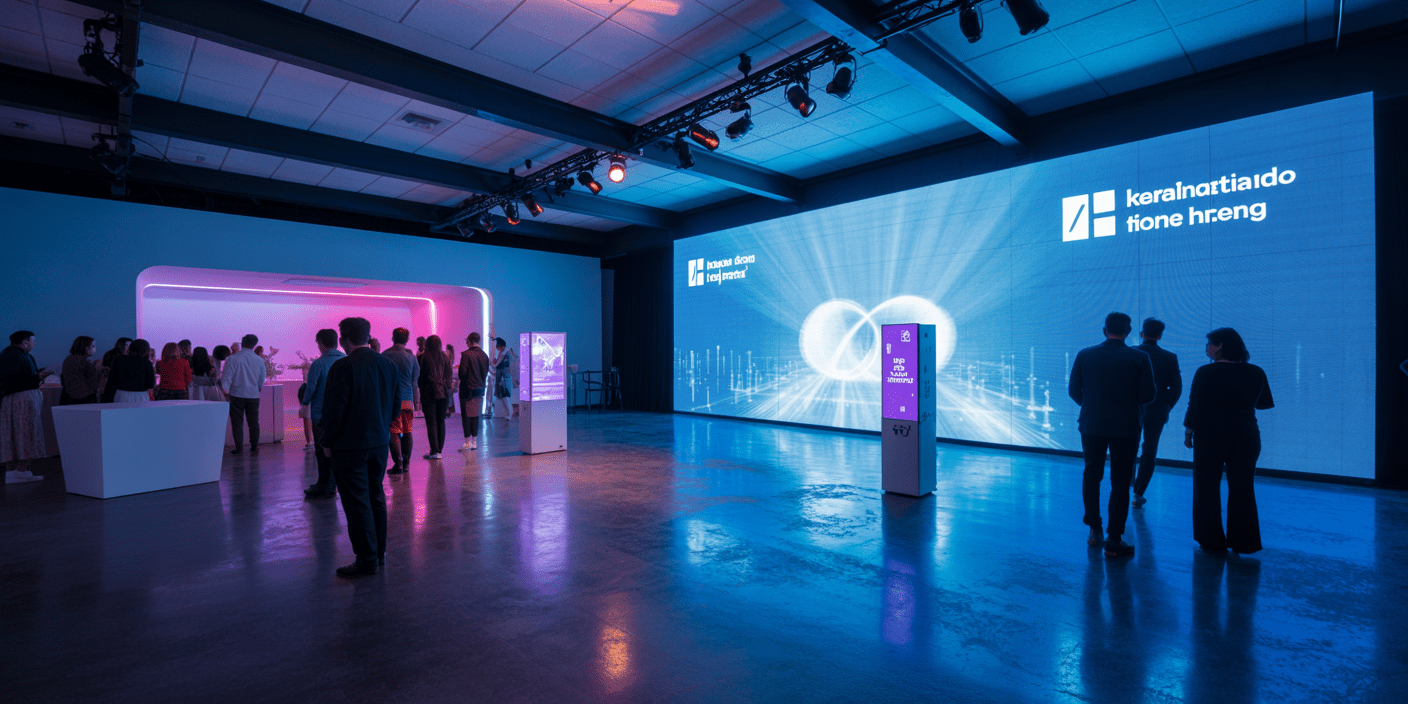
Visual merchandising is a critical component of Spatial Experience Design, serving as a visual narrative that guides customers through a brand’s story. Effective visual merchandising goes beyond product placement; it creates an atmosphere that reflects the brand’s identity and values.
Incorporating elements like thematic displays, strategic lighting, and cohesive color schemes can significantly impact customer perception and behavior. For example, well-designed visual merchandising can increase dwell time, encourage exploration, and ultimately drive sales.
Retail Experience Innovation: Adapting to Changing Consumer Expectations
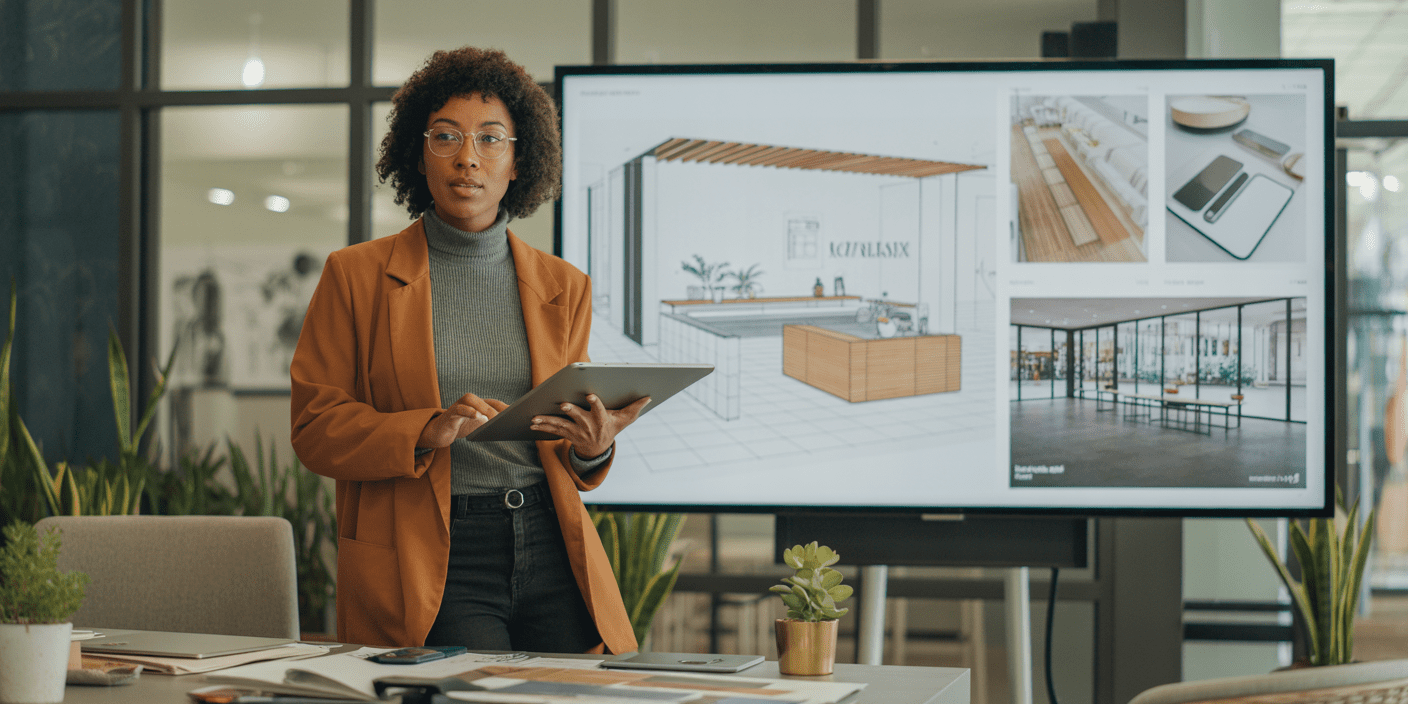
As consumer expectations evolve, so must retail environments. Retail experience innovation involves continuously adapting and enhancing the customer journey to meet these changing demands. This may include integrating technology, offering personalized experiences, or reimagining store layouts to facilitate better flow and interaction.
For example, incorporating augmented reality (AR) or virtual reality (VR) elements can provide customers with unique, interactive experiences that set a brand apart from competitors. Additionally, offering personalized recommendations or exclusive in-store events can create a sense of exclusivity and deepen customer loyalty.
Benefits of Immersive Experiences in Events
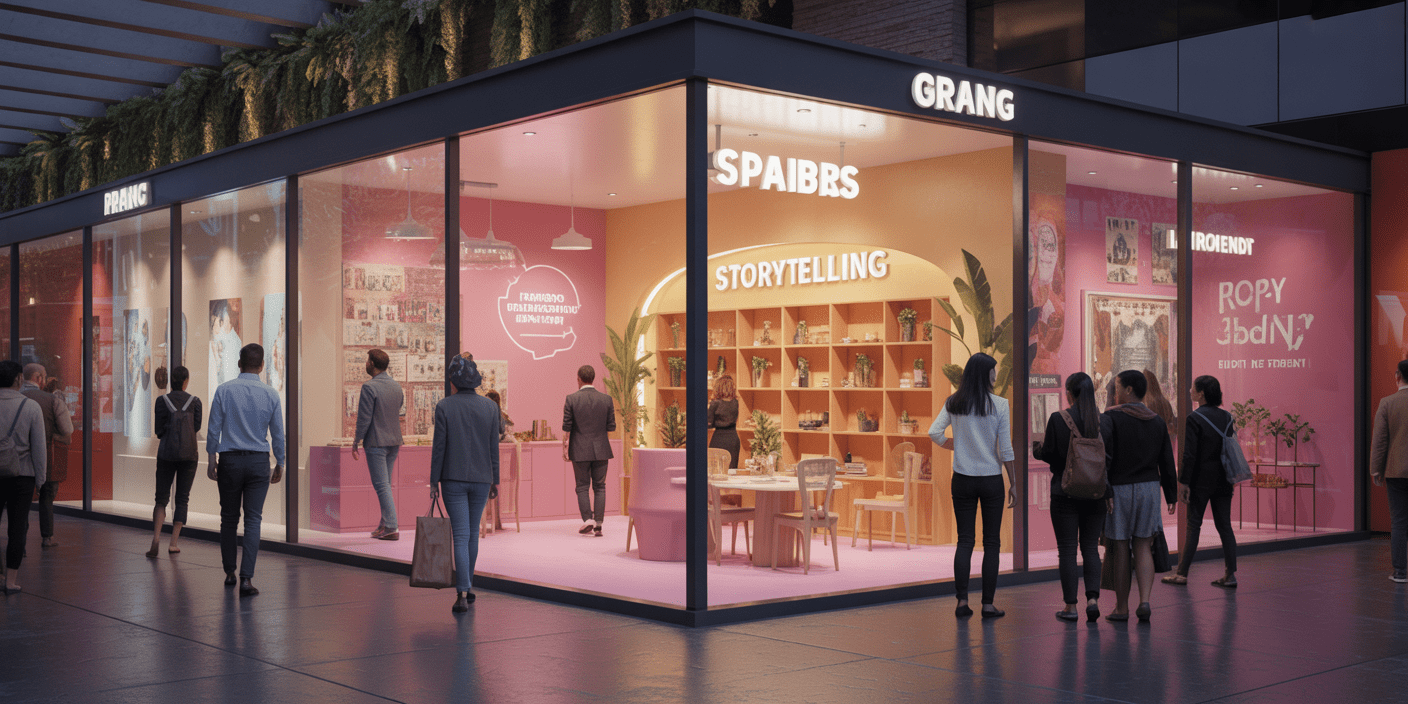
Applying Spatial Experience Design principles to events can transform them from ordinary gatherings into unforgettable experiences. By creating immersive environments that engage all senses, brands can foster stronger emotional connections with attendees.
Benefits of immersive event experiences include:
- Enhanced Engagement: Interactive elements encourage active participation, making events more memorable.
- Stronger Brand Recall: Sensory-rich experiences are more likely to be remembered and associated with positive emotions.
- Increased Social Sharing: Unique experiences are more likely to be shared on social media, expanding brand reach.
By thoughtfully designing event spaces, brands can create impactful experiences that resonate with attendees long after the event concludes.
Expert Tips for Implementing Spatial Experience Design
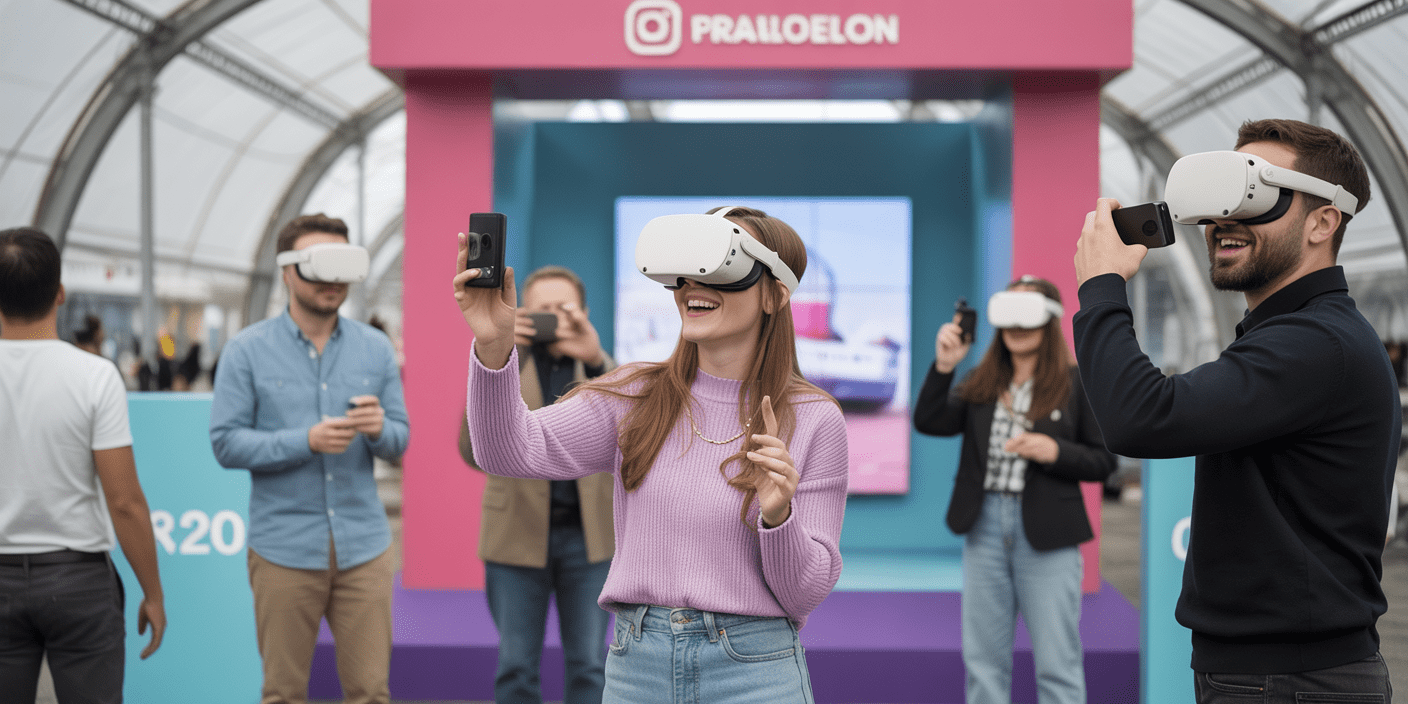
To effectively incorporate Spatial Experience Design into your retail or event strategy, consider the following expert tips:
- Understand Your Audience: Tailor the design to your target demographic’s preferences and behaviors.
- Integrate Technology Thoughtfully: Use technology to enhance, not overshadow, the physical experience.
- Focus on Sensory Engagement: Incorporate elements that engage multiple senses to create a more immersive experience.
- Maintain Brand Consistency: Ensure that all design elements align with your brand’s identity and messaging.
- Measure and Adapt: Collect feedback and analyze data to continuously refine and improve the experience.
Conclusion
Incorporating Spatial Experience Design into retail and event strategies offers a powerful way to enhance customer engagement and differentiate your brand in a crowded marketplace. By creating immersive, emotionally resonant environments, brands can foster deeper connections with customers, encourage loyalty, and drive business success.
FAQs
Q: What makes a retail space engaging?
A: An engaging retail space combines aesthetic appeal with interactive elements, sensory engagement, and a layout that facilitates easy navigation and discovery.
Q: How do events use spatial design?
A: Events utilize spatial design to create immersive environments that enhance attendee experience through thoughtful layout, thematic decor, and interactive installations.
Q: What are the benefits of immersive experiences in events?
A: Immersive event experiences can lead to higher attendee engagement, stronger brand recall, increased social sharing, and deeper emotional connections with the brand.
Q: How does spatial design influence retail success?
A: Effective spatial design can increase dwell time, encourage product exploration, and enhance overall customer satisfaction, leading to higher sales and customer loyalty.
Q: What are the best ways to design for customer experience?
A: Designing for customer experience involves understanding your audience, integrating technology thoughtfully, engaging multiple senses, maintaining brand consistency, and continuously refining the experience based on feedback.



